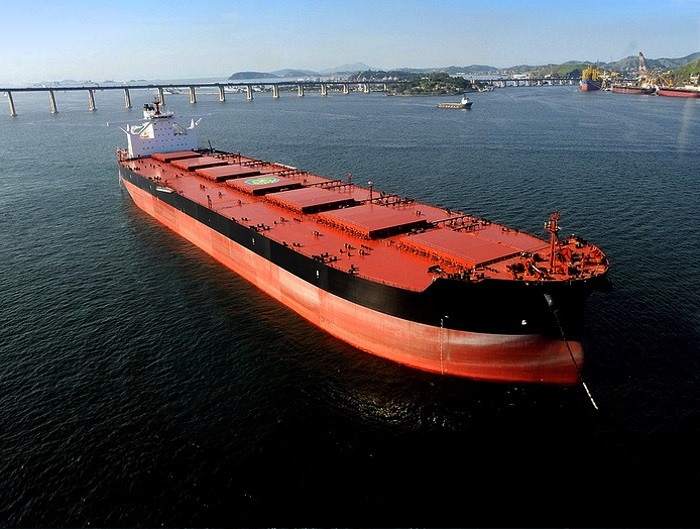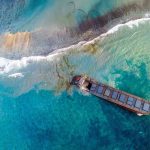Strong Aframax freight rates for hauling crude and fuel oil are luring clean Long Range II, or LR2, product ships into the dirty tanker market to capitalize on higher earnings in that segment, several market participants said in the week ended Nov. 25.
The shift has tightened LR2 tonnage supply, resulting in freight rates reaching multiyear highs.
“More than 10 LR2s have joined the Aframax market in the West,” a chartering source said, adding that LR2 tankers, which typically ballast back to the Persian Gulf from the West in search of new employment, are inclined to stay in the West of Suez dirty tanker market offering robust earnings.
The time-charter equivalent rate or returns on an Aframax tanker trading the cross-Mediterranean route is $160,000/day, Nov. 25, compared with an LR2 on the Persian Gulf-UK Continent route in the $80,000-$90,000/day range, shipping market participants tracking these segments said.
The STI Gauntlet, Torm Kirsten, and the Kmarin Resource are among the LR2 tankers that have opted to trade in the dirty Aframax market, tanker market participants said. The owners of these ships were not immediately available for comment.
Meanwhile, the switch has resulted in a supply crunch for LR2 ships in the Persian Gulf and this is reflecting in the rates for carrying clean petroleum products, such as gasoil and jet fuel, on these tankers from the Middle East to UKC. Platts, part of S&P Global Commodity Insights, assessed the route at a two-year high $6.5 million Nov. 25. LR2 rates on the Persian Gulf-UKC route hit $8.8 million April 24, 2020, due to high demand for floating storage in the wake of COVID-19 lockdowns globally.
“As the earnings in the East of Suez are way lower, like less than half of the Aframax earnings in the West, there is no incentive for owners to fix [in the East] right now unless charterers pay [up],” an Aframax broker said.
To bring those LR2s trading in the dirty market back into the clean segment, their tanks must be flushed multiple times with gasoil, a source said, adding that it is not an easy decision to join the Aframax fleet given the effort required to switch.
Earlier in 2022, when LR2 ship returns were significantly higher than Aframaxes, several owners cleaned up their Aframax tonnage with epoxy-coated tanks to carry clean products.
Clean petroleum products such as gasoil, jet fuel, gasoline and naphtha can be moved only on vessels with epoxy-coated tanks.
“This is just the way the tanker market operates, owners will follow the money,” a North Asia-based shipbroker said.
Rerouting Russian crude to distant markets like India and China has resulted in Aframax vessels sailing longer distances, tightening their tonnage supply, and pushing freight rates to record highs.
Aframax and LR2 tankers accounted for 84% of Russia’s seaborne oil trade before Ukraine’s invasion Feb. 24, according to S&P Global data.
Source: Hellenic Shipping News






